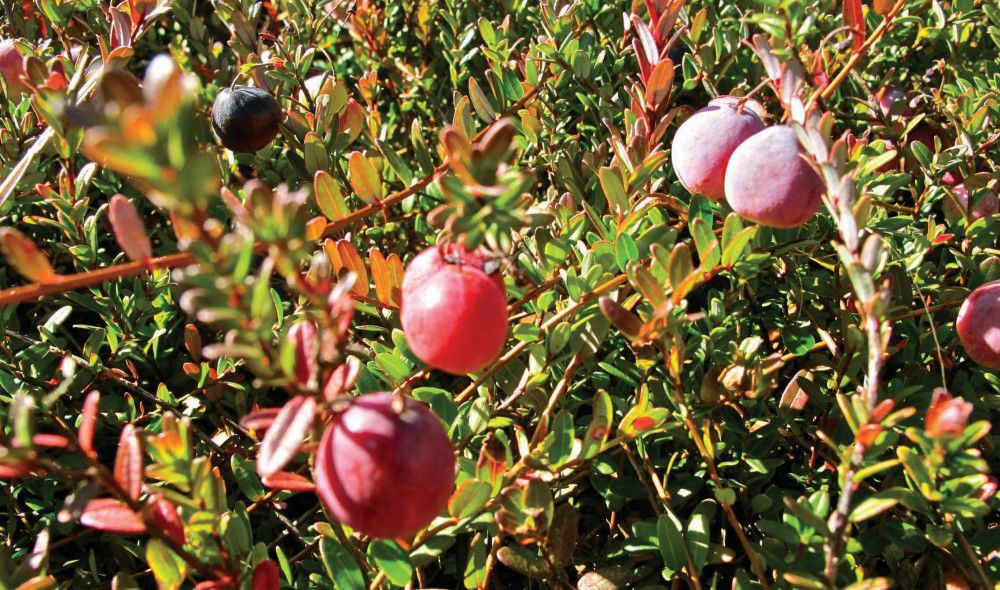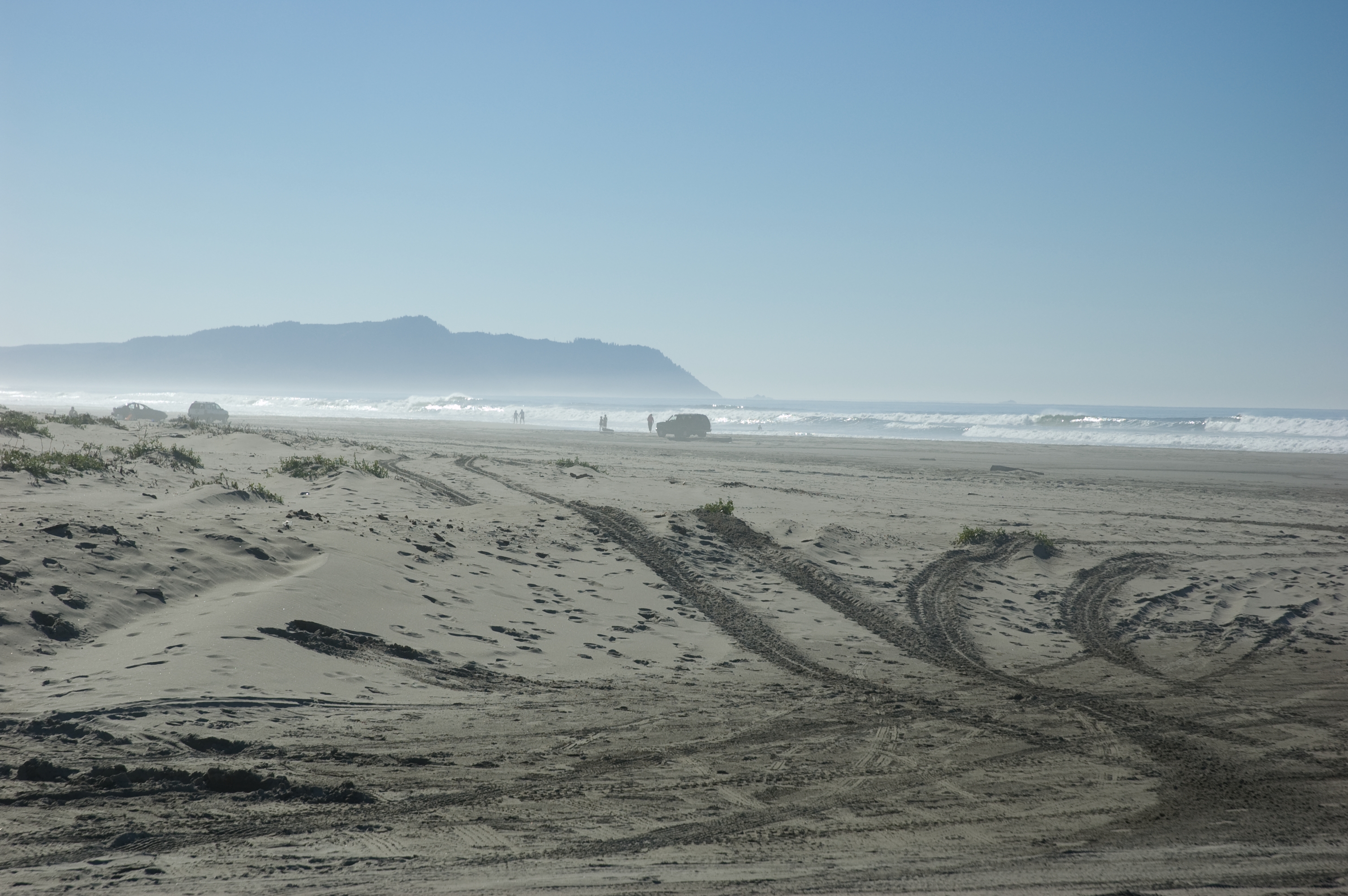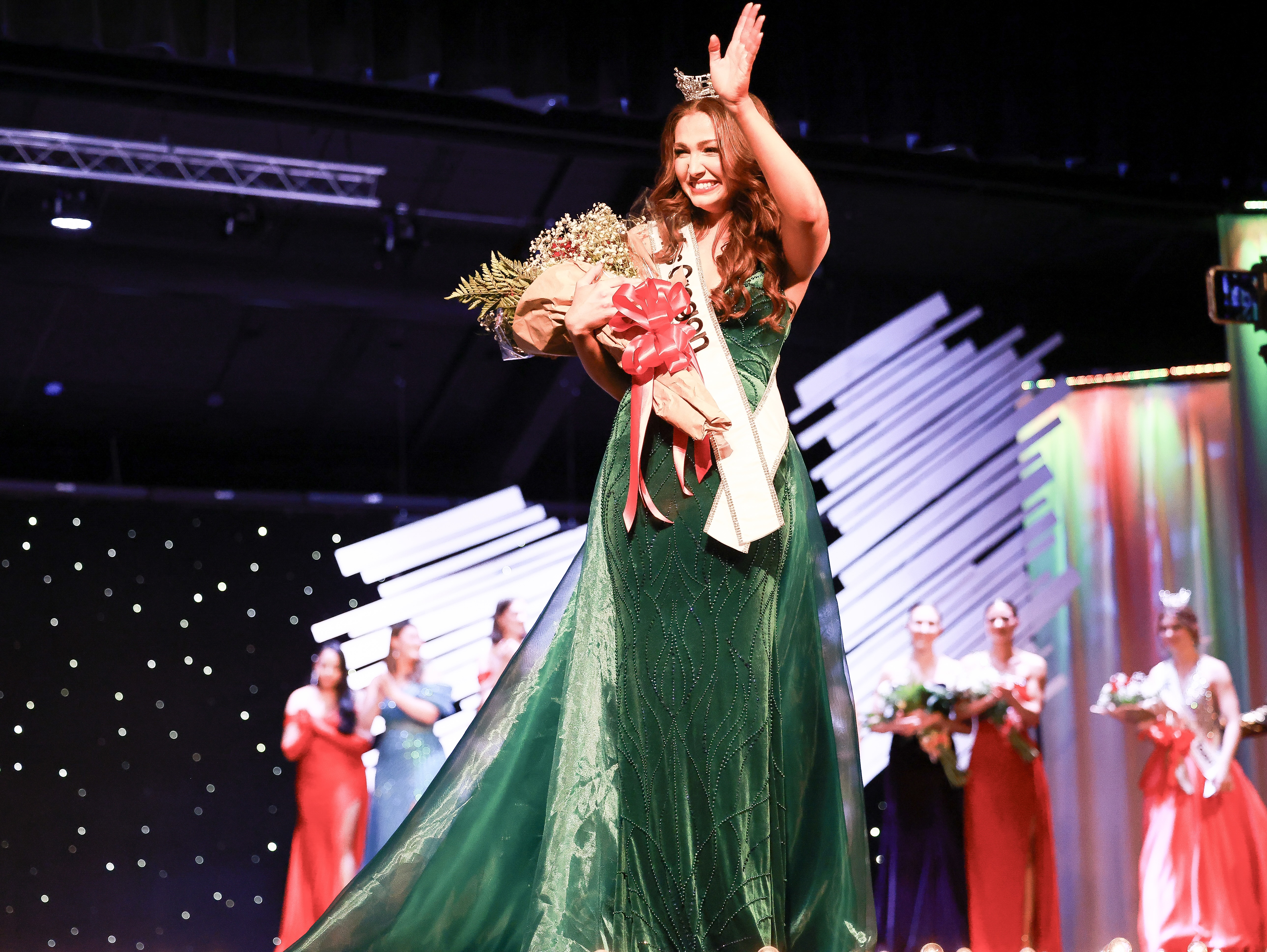Cranberries: America’s first fruit
Published 3:22 am Thursday, October 11, 2012

- <p>Vaccinium macrocarpon, the American cranberry, growing in the coastal sunshine on CranMac Farm, Ilwaco, Wash.</p>
Glossy red superfood, continental native and jewel of the holiday table for centuries, the American Cranberry has been satisfying palates with a tantalizing tartness and oh-so-scarlet skin. Long cultivated by indigenous people throughout North America, this autumn favorite starred as food, medicine and currency. The Pilgrims relied on the Vitamin-C-laden wonder to carry them through harsh winters in a new world, learning from their native neighbors how to preserve the berry, as well as how to utilize its natural antibiotic properties. Almost 200 years later, Lewis and Clark received those same lessons when they traded for the nutritional gems on the banks of the mighty Columbia River.
Today, the Columbia-Pacific region still shares in the cultivation of Americas first fruit. As long stretches of afternoon sunshine deepen the acres of crimson-hued bogs in these early days of fall, thoughts on Washingtons Long Beach Peninsula, the areas major cranberry producer, naturally turn to harvest.
This will be my 32nd, says Malcolm McPhail, co-owner of CranMac Farms in Ilwaco, Wash., and I still love it. McPhail, with his wife Ardell, has been growing cranberries on the peninsula since the mid-1980s, when the couple decided to abandon their inland lives and make the switch to coastal farming.
We learned right away that we knew nothing, says Ardell with a laugh, which was funny because we both had backgrounds in agriculture we just hadnt done any actual farming. It took awhile to make the transition. Three decades later, operating one of the largest and most productive farms in the area, not to mention one of the most picturesque, its clear theyve worked things out. We have no complaints, she says, still smiling. The berries have been reliably good to us.
A skip up the road, on a different farm, theres a similar sentiment on all fronts:
Of course, we had no idea what it meant to be farmers, says Jessika Tantisook, with a bit of a grin, but we really love it. She is co-owner/operator behind the newest game in cranberries: Starvation Alley Farms, a USDA-certified transitional organic cranberry farm, now in its second year. With her partner, Jared Oakes (and in equal ownership with Oakes parents, John and Debbie), Tantisook has followed the same bumpy road of learning that the McPhails took those many years ago, with the added twists that come with being the first farm in the area and the state to attempt to grow organically.
Weve learned a lot already, says Oakes, and we have lots more to figure out. But all in all, things are going pretty well. Currently, the farm sells its fruit like all other farms in the area to the grower-owned cooperative, Ocean Spray. But once their transition to organic practice is complete, theyll seek other venues for the valuable berries, which should fetch a higher price from a discerning market. Right now, were just happy and excited for the coming harvest.
Clearly, the sentiment is contagious.
So, whats the steadfast attraction to these rubies of the bogs, these perennial coastal gems? Find out this weekend, Friday through Sunday, Oct. 12 to 14, when an old-fashioned celebration of the local harvest takes place on Washingtons Long Beach Peninsula, offering history, delectable treats, live music, bog tours and general merriment at special events in two locations.
The Pacific Coast Cranberry Research Foundation and Cranberry Museum will host activities at its Long Beach facility (2907 Pioneer Road) beginning Friday afternoon, with harvest demonstrations, dining opportunities and a gift shop stocked with all things cranberry. On Saturday and Sunday, Ilwacos Columbia-Pacific Heritage Museum adds to the mix with the annual Cranberrian Fair, which includes craft demonstrations, local artisan vendors, and the chance for a slice of coveted cranberry-peach pie. Collectible buttons are $5 each and cover entry to all events at the museum; activities at the Research Foundation are free. The Cranberry Trolley will run on the hour from the Heritage Museum to the Cranberry Museum, from 11 a.m. until 2 p.m., both Saturday and Sunday.
And whether its your second harvest or your 32nd, farmers, neighbors and visitors alike can join in to discover whats behind the tiny berry thats had Pacific County in a tangy, happy pucker for more than 100 years.









